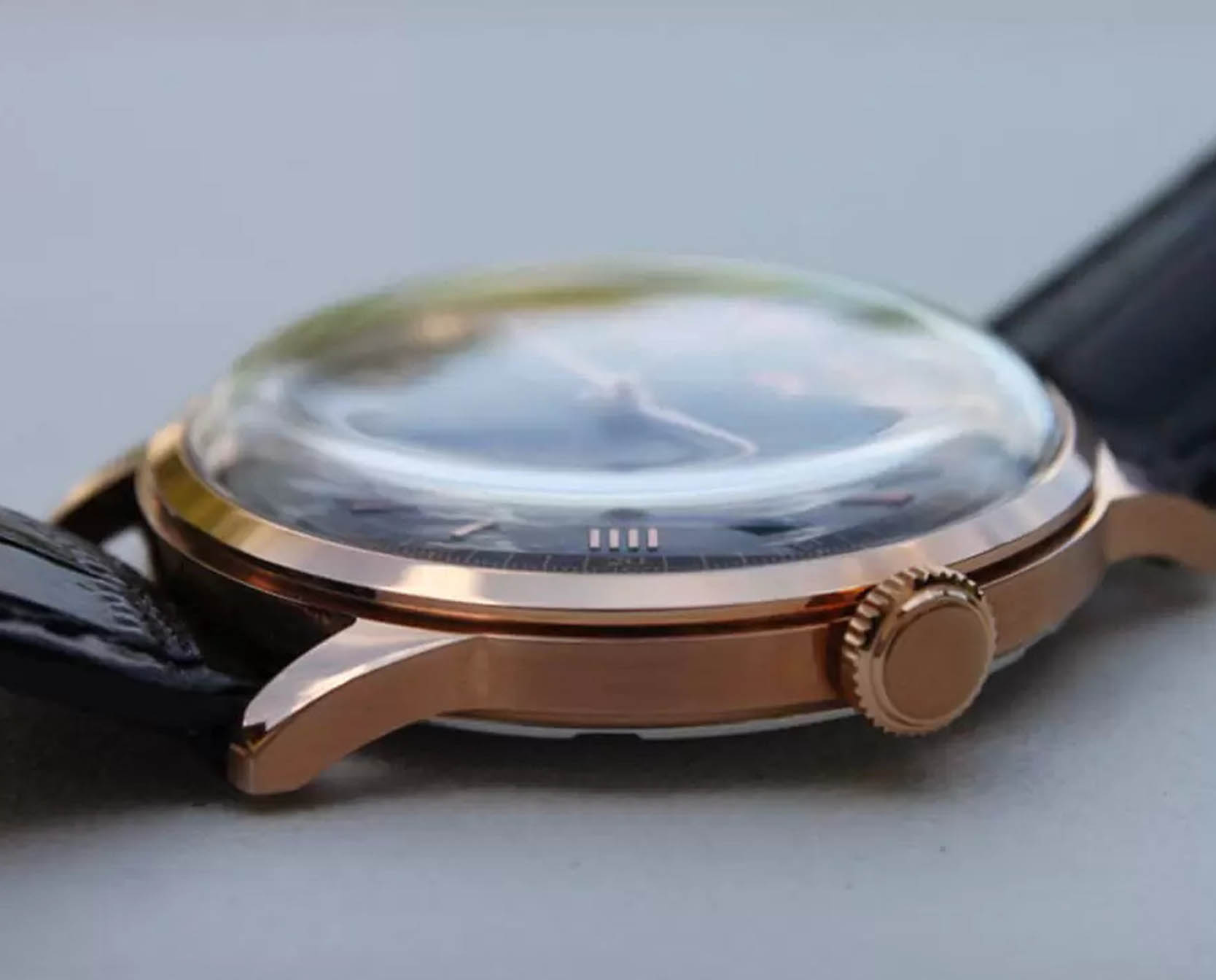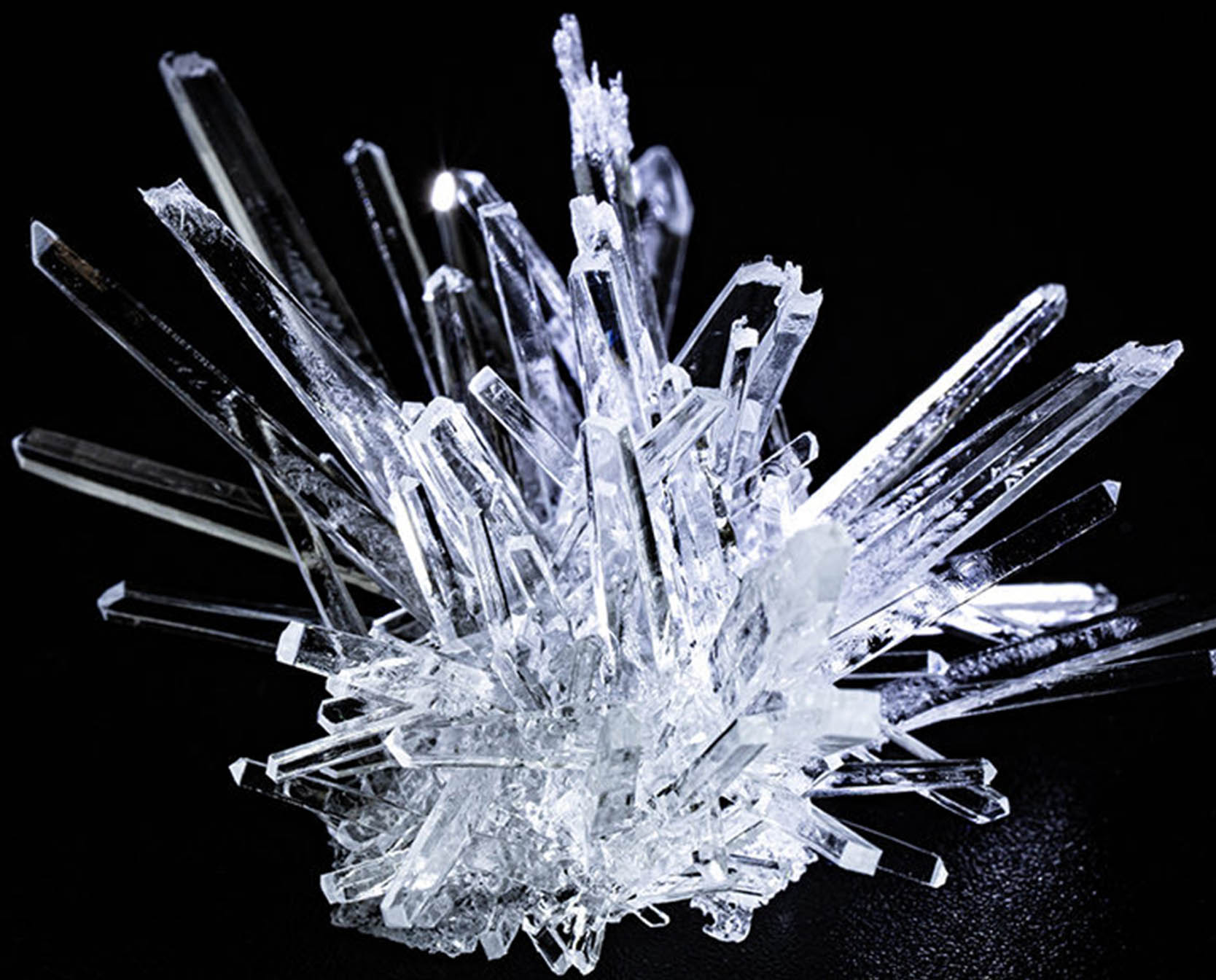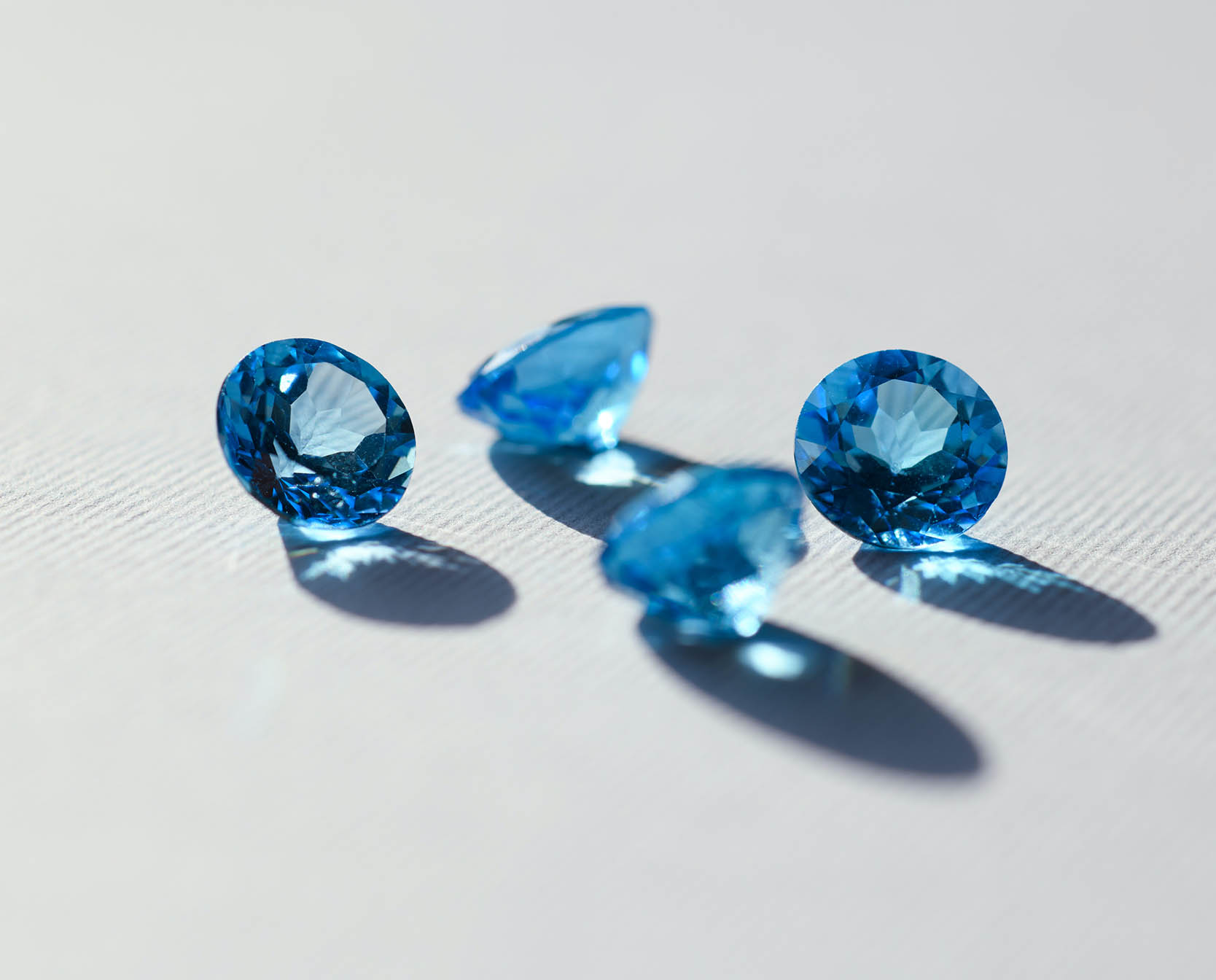
TYPES OF GLASS
Learn about the 3 different types of watch glass
When it comes to picking a watch, one important criteria that you must decide upon is the type of glass. Each type of glass has its own unique properties and has a direct impact on the watch’s design and resistance. The Vickers scale is used to measure hardness (or toughness). This scale measures a material’s hardness by testing its resistance to penetration from a hard source.

ACRYLIC GLASS
Acrylic glass, also called hesalite, is the cheapest type of watch glass. Less shiny than sapphire crystal, it has the benefit of reflecting less light and offers a good view of the dial. It gets scratched more easily but is also easier to polish. It has a Vickers hardness number of 500. It’s the weakest type of watch glass.

MINERAL GLASS
Mineral glass is the most commonly used nowadays. It is made from a glass base that is treated with chemicals to make it more impact and temperature resistant. While it is more resistant than acrylic, you must be careful not to scratch mineral glass as it cannot be polished. If your mineral glass is cracked or broken, you will have to have it repaired or replaced. It has a Vickers hardness number of approximately 700.

SAPPHIRE CRYSTAL
his material is usually used for luxury watches. It is extremely resistant and does not break or scratch easily. Omega is an example of one luxury brand that uses sapphire crystal for its watches. It has a Vickers hardness number of 2300, 250% tougher than hardened steel.














